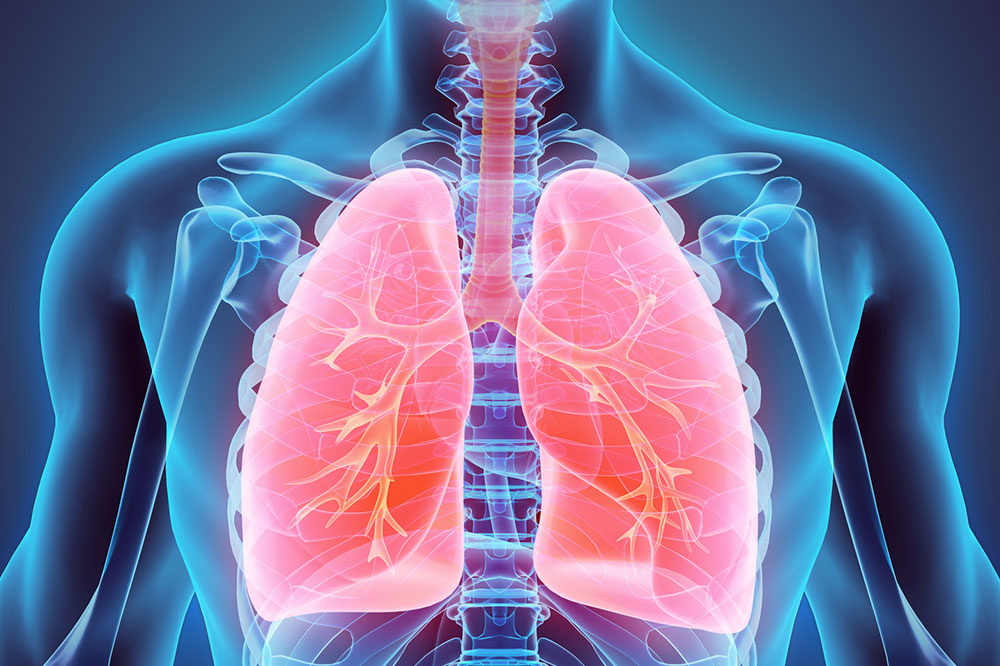Comprehensive Guide to Bladder Cancer: Causes, Symptoms, and Treatment Options
This comprehensive article explores bladder cancer in depth, covering its causes, symptoms, diagnosis, and a wide range of treatment options. It emphasizes the importance of early detection, risk factors, and personalized therapies to improve patient outcomes. Whether you are a patient, caregiver, or healthcare professional, understanding this information can aid in proactive health management and early intervention in bladder cancer cases.

Comprehensive Guide to Bladder Cancer: Causes, Symptoms, and Treatment Options
Bladder cancer is a serious condition characterized by the abnormal growth of cells within the urinary bladder's inner lining, leading to the formation of malignant tumors. These tumors originate from the transitional cells that line the bladder, and if left untreated, they can invade deeper layers and spread to other parts of the body through blood and lymphatic systems. The metastatic spread can affect vital organs such as the bones, lungs, liver, kidneys, and lymph nodes, resulting in widespread health complications. The visual appearance of bladder tumors can vary; they might present as nodules protruding into the bladder cavity or appear as flat, broad-based lesions known as carcinoma in situ.
Understanding the different types of bladder cancer is crucial for prognosis and treatment. The most prevalent form is urothelial carcinoma, also called transitional cell carcinoma, accounting for approximately 90% of cases. Other types include squamous cell carcinoma, adenocarcinoma, and small cell carcinoma, each with unique pathological and clinical features. The classification into non-invasive and invasive tumors guides treatment strategies and helps predict outcomes.
Numerous factors contribute to the risk of developing bladder cancer. Traditional risk factors include smoking, which introduces carcinogens such as aromatic amines directly to the bladder lining. Occupational exposure to harmful chemicals like dyes, solvents, and petrochemicals in industries such as manufacturing, rubber, and textiles significantly increases risk levels. Previous radiation therapy targeting pelvic areas can cause cellular damage conducive to cancer development. Chronic irritation or inflammation of the bladder, often due to infections, bladder stones, or long-term catheter use, also predisposes individuals to tumor formation. Age is a critical factor; incidence rates tend to rise after 55 years old. Additionally, gender plays a role—men are more frequently diagnosed than women—and racial disparities exist, with higher prevalence observed among certain ethnic groups. A hereditary component has been identified, with individuals having a family history of bladder or other urothelial cancers facing increased risk.
Recognizing early symptoms is vital for prompt diagnosis and intervention. The most common sign of bladder cancer is hematuria, or blood in the urine, which may be visible or detected through laboratory testing. Patients may also experience dysuria, or pain during urination, along with a persistent sense of bladder fullness or pressure. Some individuals report lower abdominal pain or discomfort, back pain, or frequent urination patterns that do not improve over time. In advanced stages, systemic symptoms like weight loss, fatigue, and swelling may appear. Healthcare providers often utilize diagnostic tools such as cystoscopy, which involves inserting a camera into the bladder to visualize tumors, alongside imaging modalities like CT scans and MRIs. A biopsy specimen is critical for confirming the diagnosis and determining tumor grade and stage.
Treatment options depend on the tumor's size, location, and whether it has invaded muscle tissue. Early-stage non-invasive tumors may be effectively managed with transurethral resection of bladder tumor (TURBT), a minimally invasive surgical procedure. Intravesical therapies—such as Bacillus Calmette-Guérin (BCG) immunotherapy or chemotherapy drugs—are frequently used to prevent recurrence. For invasive tumors, more aggressive surgical interventions like partial or radical cystectomy (bladder removal) might be necessary, often followed by reconstructive procedures to restore normal urinary function. Advanced cases or metastatic disease require systemic therapies, including chemotherapy, immunotherapy, targeted therapy, or radiation therapy. Recent advances in molecular profiling are paving the way for personalized treatment approaches, enhancing efficacy and reducing side effects. Multidisciplinary management and regular surveillance are essential to detect recurrences early and improve survival rates.
Living with bladder cancer involves ongoing medical care, lifestyle adjustments, and psychological support. Patients are encouraged to follow prescribed treatment plans, attend regular follow-up appointments, and make lifestyle changes to reduce risk factors, such as quitting smoking and avoiding exposure to carcinogenic chemicals. Early detection and comprehensive care can significantly improve quality of life and prognosis for individuals affected by this disease.





